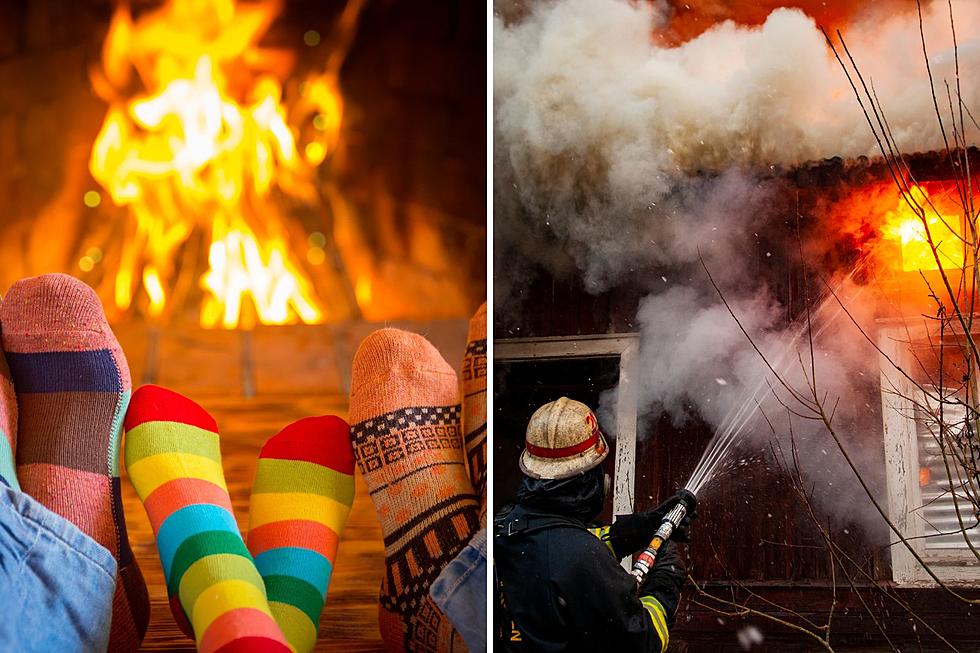
Louisiana, Read This Before Starting a Fire in Your Fireplace

With colder temperatures blanketing Louisiana, you might be tempted to light a fire in your fireplace this weekend. Before you do that, read this.
Sure, lighting a fire is a cozy way to warm your home, and no doubt, it's a perfect way to spend time with your sweetie. But, it can be quite dangerous.
What can you do to prevent a home fire when using your fireplace?
I will never forget the weekend I had half of our local fire department show up to my townhouse because I didn't know how to properly light a fire in my fireplace. I didn't open the flue all the way and the smoke couldn't escape through the chimney. Trust me, I'll never make that mistake again. In fact, I haven't lit a fire in my fireplace solo ever since. So, I reached out to Kevin Russell, owner of New Buck Chimney Service in Shreveport, LA, and this is what he had to say about lighting your first fire of the year in your fireplace:
According to the Chimney Safety Institute of America, all chimneys and vents should be inspected annually and swept as needed. The general rule is after you burn a cord of wood it should be swept. All firewood should be covered to keep it dry to produce less smoke and less creosote. The creosote can ignite inside the chimney and produce temperatures over 2000°F which can in turn transfer heat to the wood members of the house and catch the house on fire.
Why is it so important to keep your chimney clean?
I was shocked to find that there are over 25,000 chimney fires per year in the US that are responsible for over $125 million dollars in property damage. Don't leave your family in the cold this winter. It's a good idea to have your chimney inspected by a professional. And while you're at it, have them check out your dryer vent as well.
Stay warm and be well!
TIPS: Here's how you can prepare for power outages
KEEP READING: Get answers to 51 of the most frequently asked weather questions...
LOOK: The most extreme temperatures in the history of every state
Gallery Credit: Anuradha Varanasi


